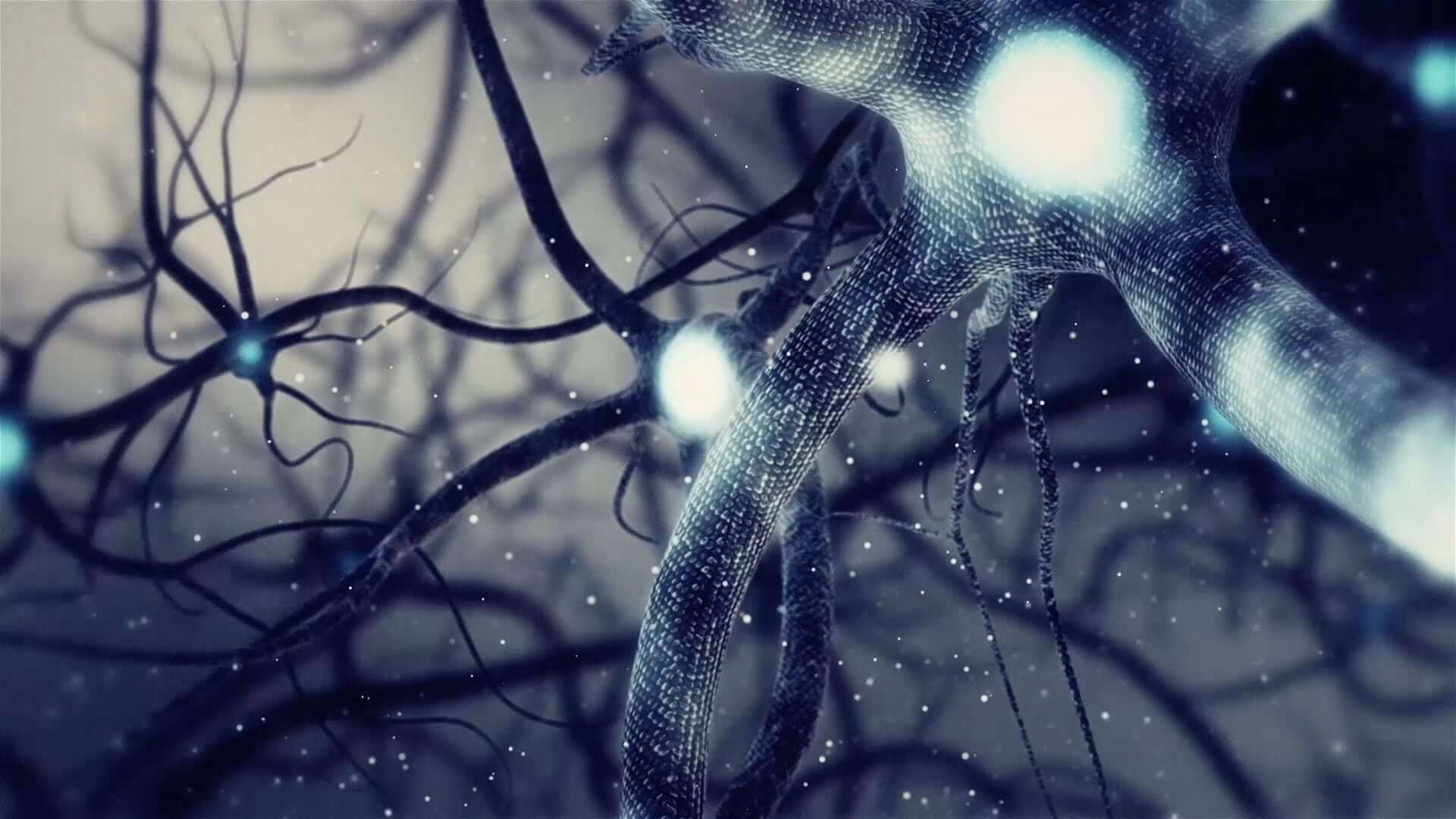Genuine Intelligence: A tale of Asterix and Obelix
26 Feb 2024
 4 mins
4 mins

Recently, my little daughter asked me: "Mom, what’s all this AI stuff that you keep talking about?"
How does one explain AI and its relationship to humans to a six-year old? I took recourse to two characters she knew: Asterix and Obelix, beloved figures from the famous cartoon series. For the uninitiated, Asterix is a small, physically weak guy characterized by his sharp wit, quick thinking, strategic prowess and resourcefulness. His friend Obelix, in contrast, is larger and muscular and has immense physical strength. Obelix got his might as a kid when he fell into a pot full of magic potion, which endowed him with almost superhuman strength. Yet, despite his colossal muscle power, Obelix is entirely dependent on the quick-witted Asterix to be told what to do, how to do it and when to do it.
Similar to Obelix, AI and Large Language Models (LLMs) possess immense powers and capabilities thanks to having ingested billions of potfuls of ’magic potion‘ - that is, training data. And just like Obelix, AI and LLMs depend on human Asterixes to be told what do to, how to do it and when to do it.
Humans are remarkably intelligent even though they drink very little magic potion compared to AI. Young children need no more than 4 million words to learn a language, while LLMs must be trained with more than 10 trillion words to achieve similar linguistic capabilities. That’s a lot of magic potion!
The reason for this lies in the differences between the neural networks that underpin AI and humans.
The artificial neural networks of the latest LLM models (as shown below) contain about 80 billion artificial neurons (basically, mathematical functions) organized into layers and connected to each other via weighted connections (called edges). The neurons in one layer are connected only to neurons in the preceding and following layer. The information signal travels through the layers successively; thus, the layers compute one by one.

The biological neural network of humans (as shown below) contains about the same count of neuron cells, connected to each other via axos that can be up to a meter long (one such extends from the base of your spine to your toe). One human neuron connects to a multitude of other neurons, with a total of over 100 trillion connections. This immense interconnectivity allows humans to process information asynchronously, that is, run processes simultaneously and independently, as anyone who’s ever been making dinner while answering emails (while explaining AI to a six-year-old) knows very well.

The highly interconnected biological neural network enables humans to possess nuanced understandings and complex representations of language and various other domains. It is this unique cognitive prowess that empowers humans to provide guidance and direction to AI systems.
Central to this relationship are prompt design and the skill to write instructions for LLMs. At RWS we have teams of Asterixes – Language Specialists – to collaborate with AI and direct its formidable capabilities towards innovation. Bringing humans and AI together in this way is what we call Genuine Intelligence™, a philosophy that guides our approach to AI and human collaboration. In an environment where content is generated at an unprecedented pace and scale, Genuine Intelligence ensures that content is authentic, accurate and trustworthy. At a time when trust is hard-earned, knowing what's right will prove invaluable to consumers and businesses alike.
Click here to read our Genuine Intelligence report.

